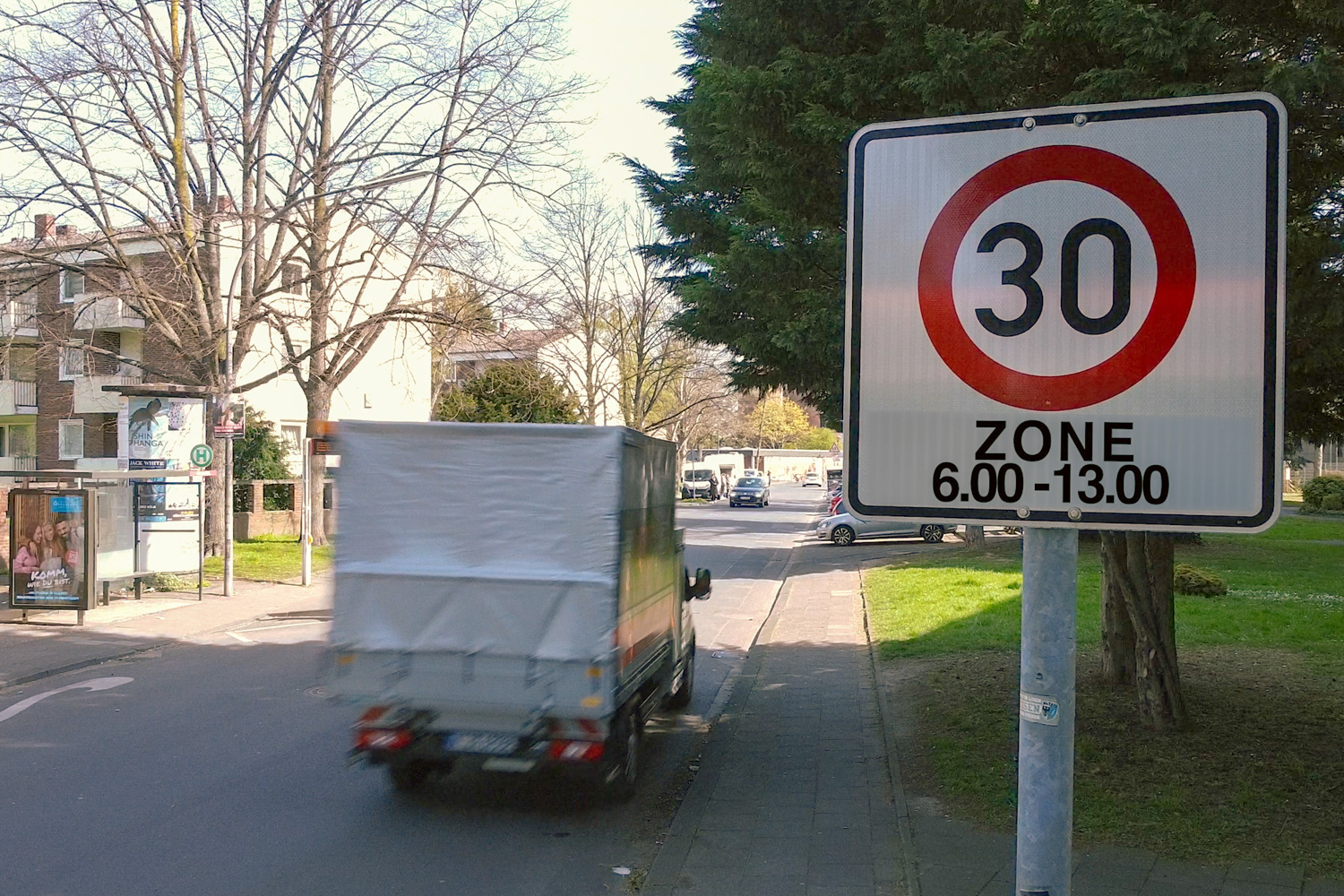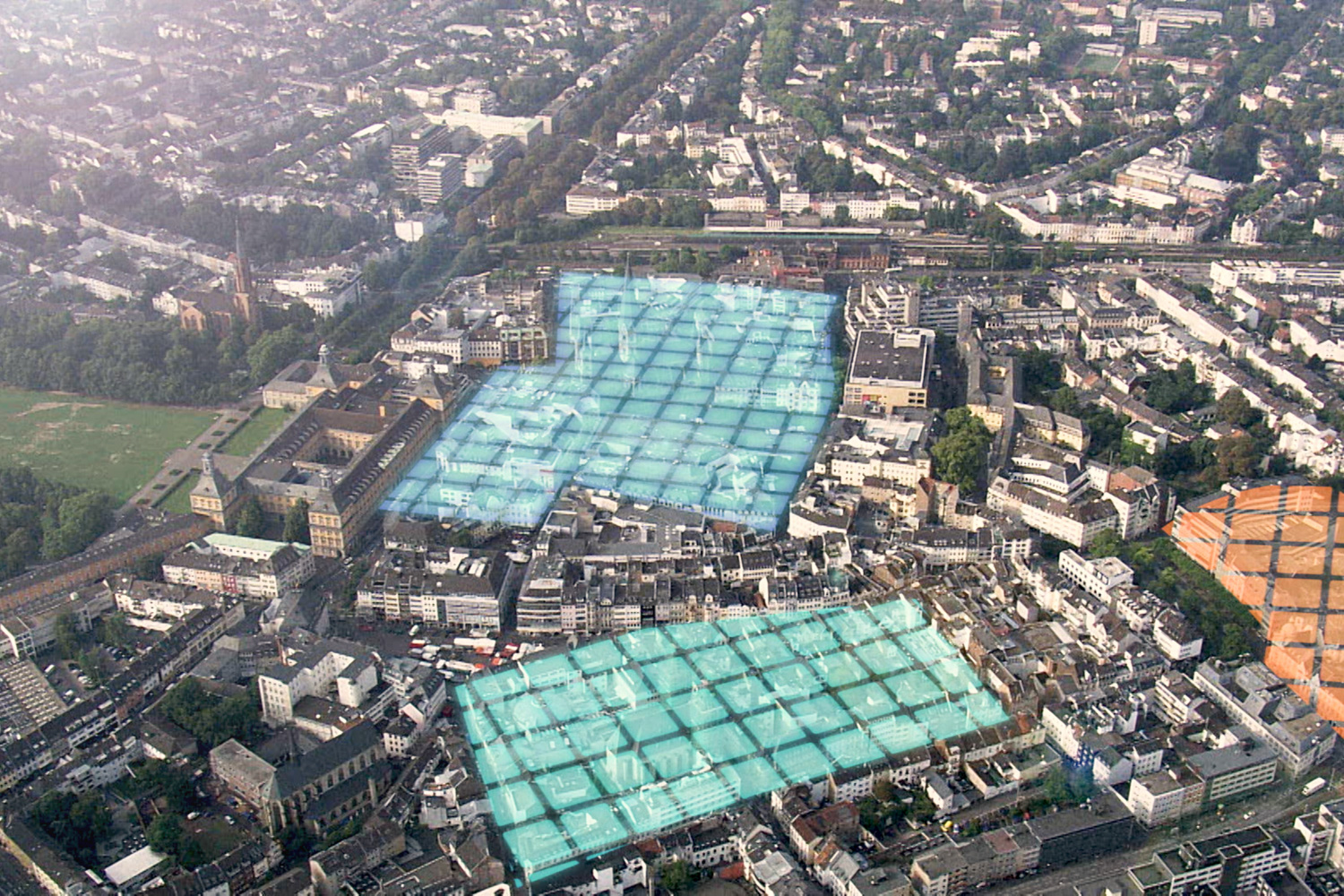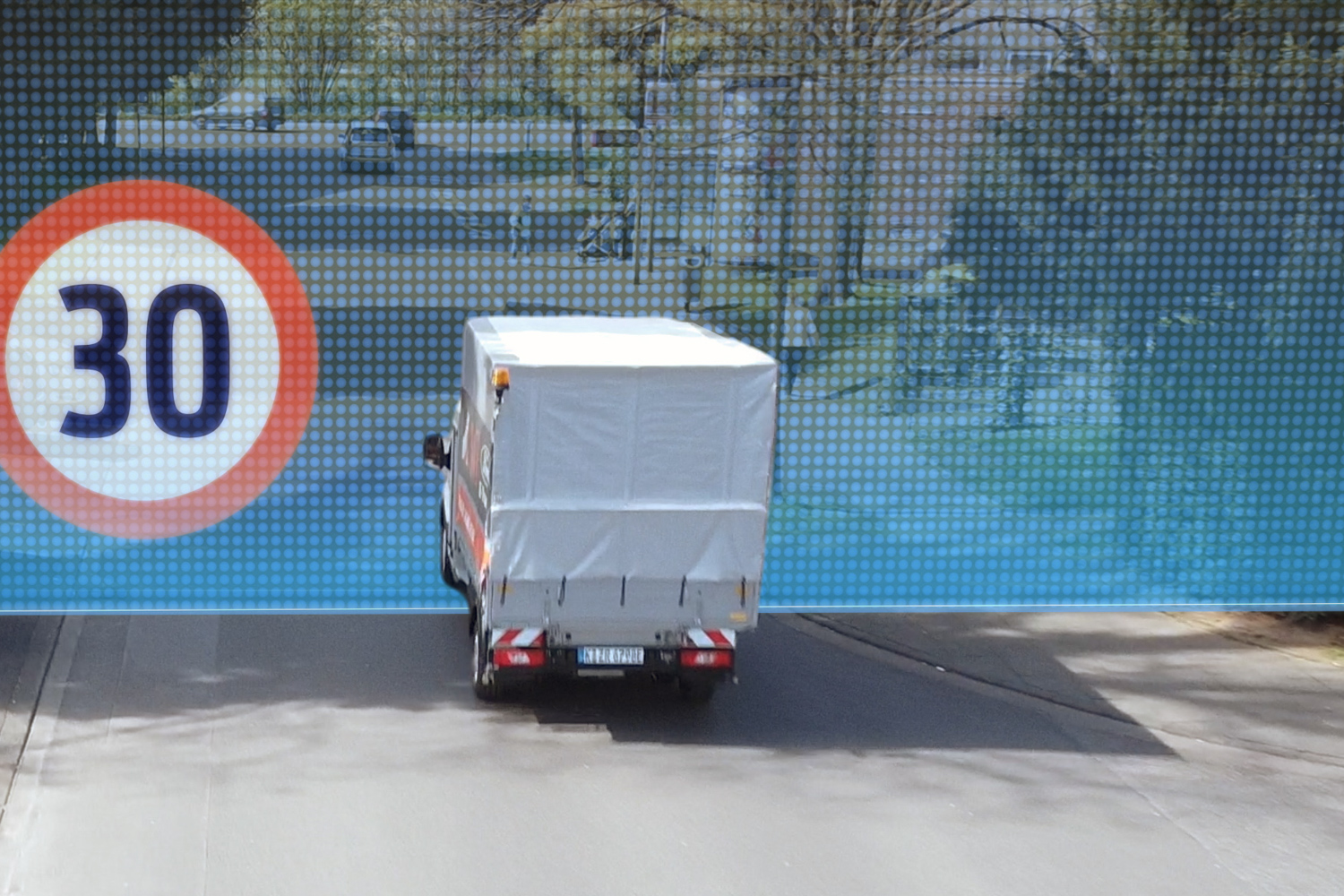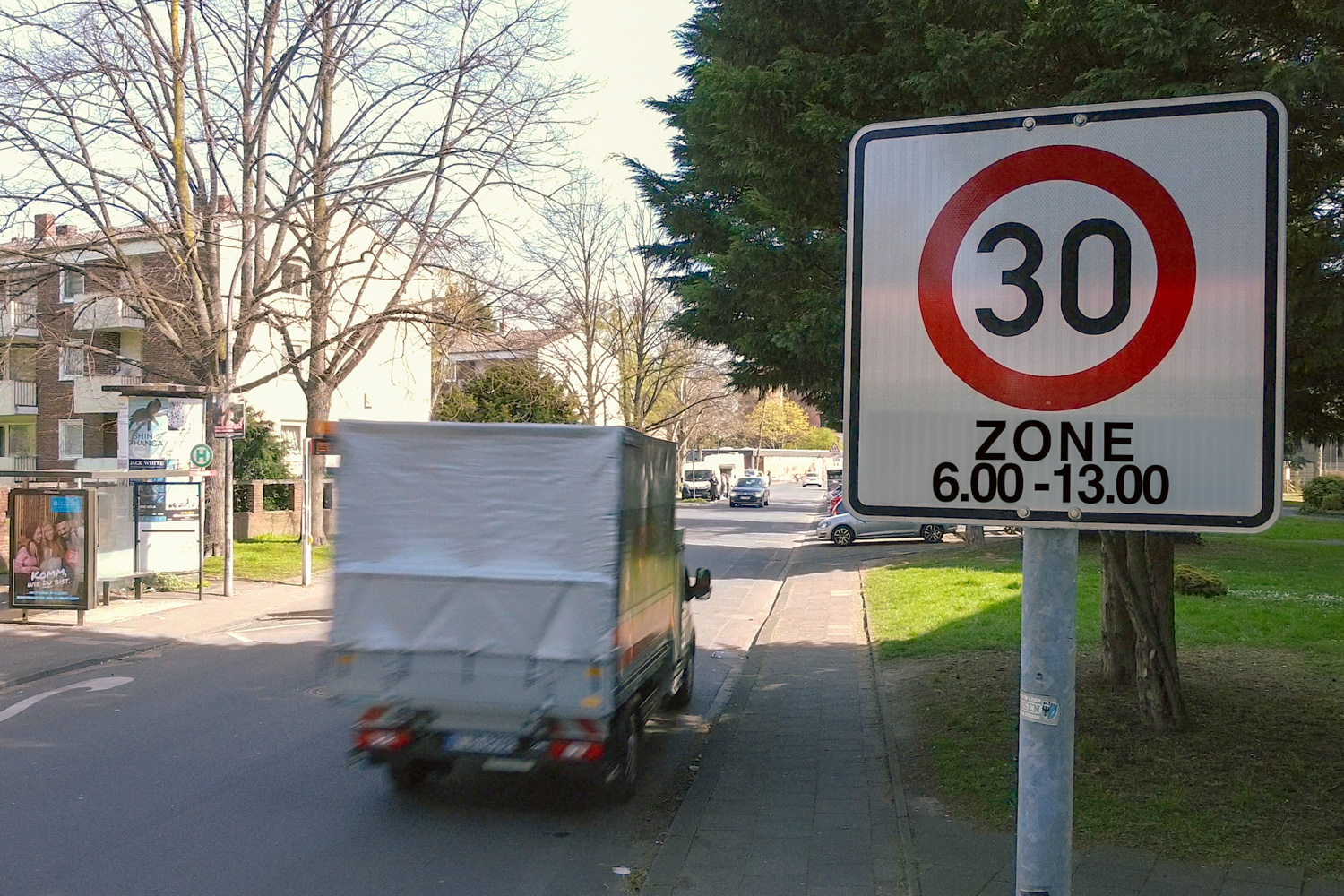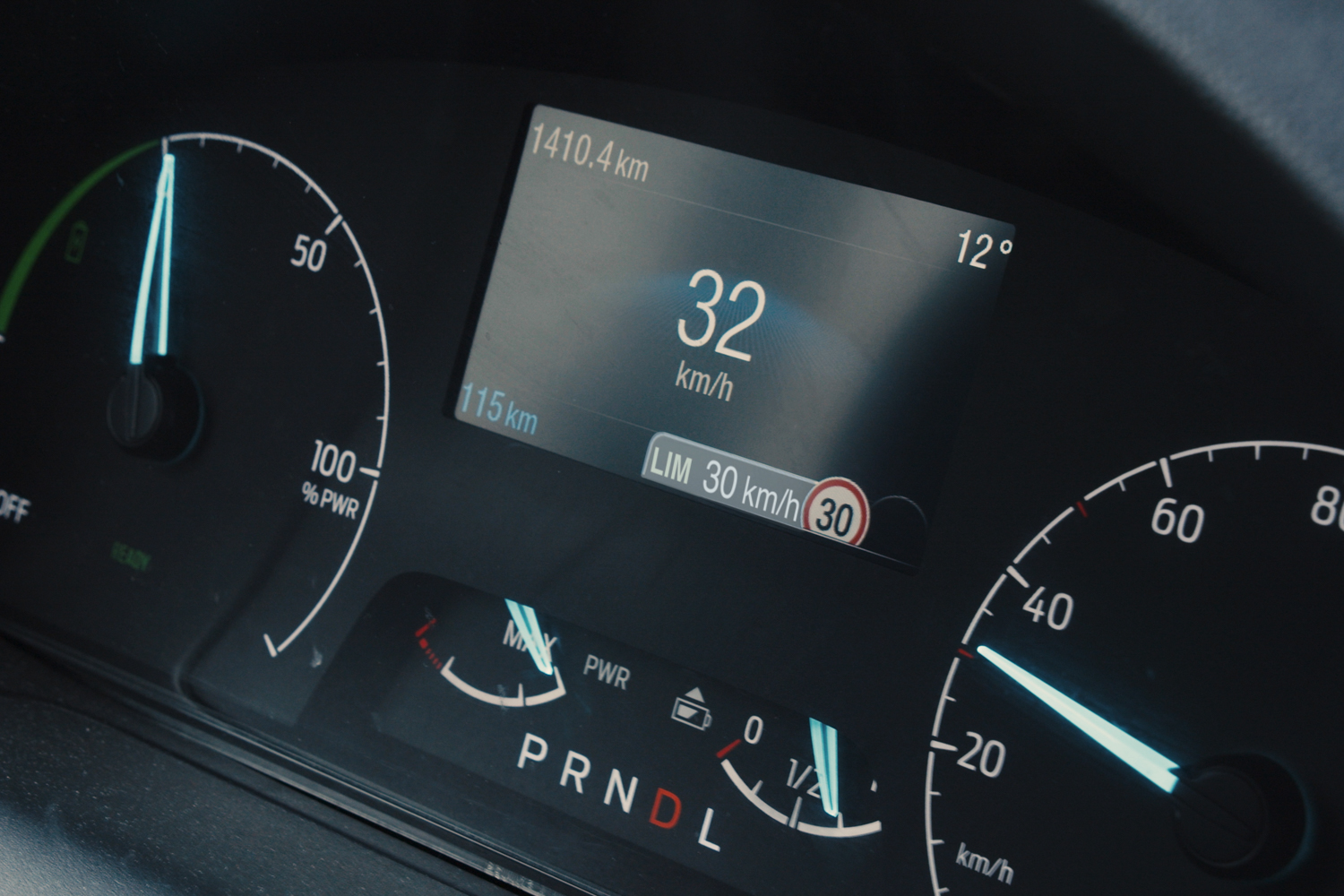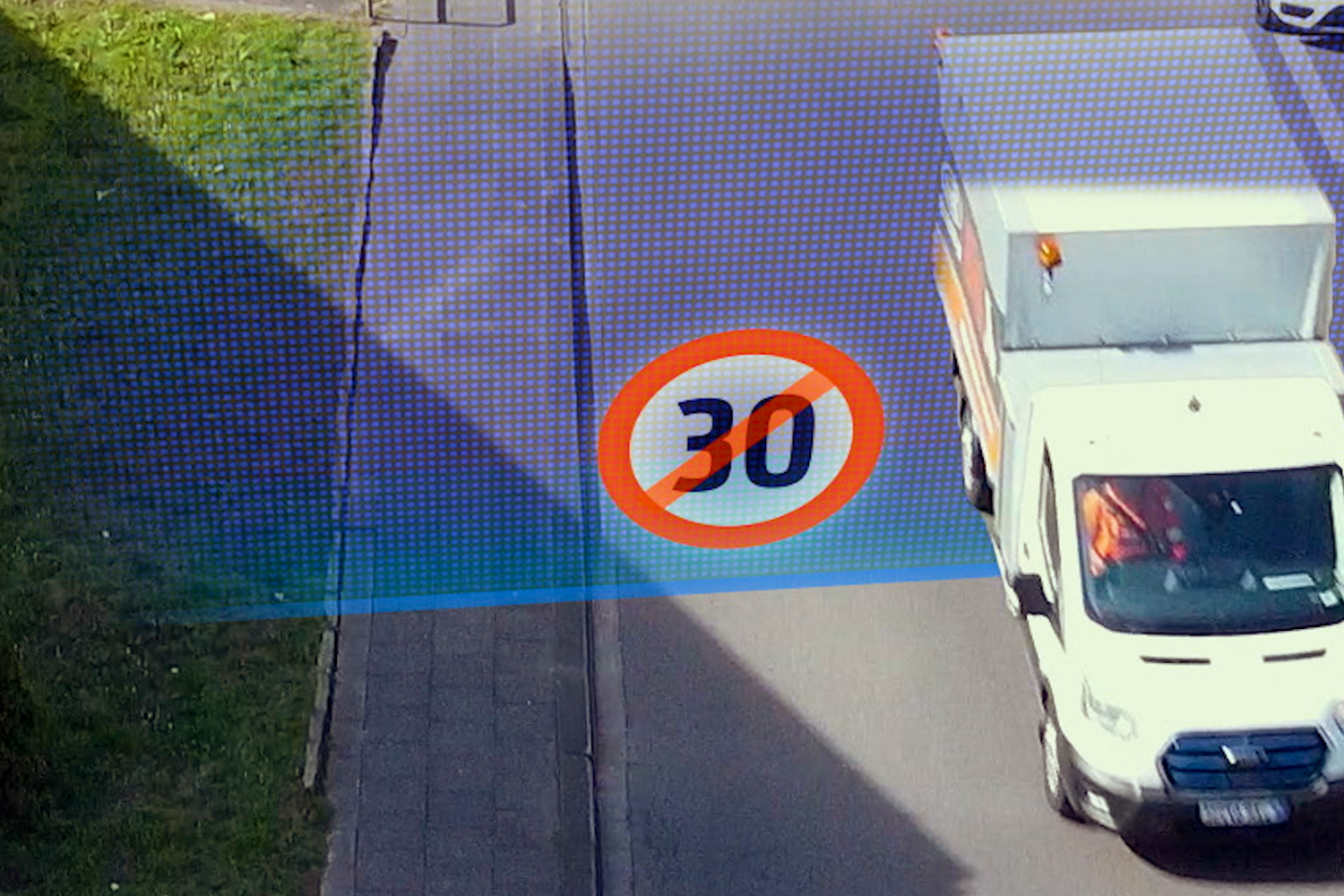Currently, many cars use a camera-based system that can read speed limit signs, and either warn the driver of the current limit via a dashboard display or automatically use the cruise control to reduce the vehicle’s speed. The problem with such systems is that roadside signage is often obscured, and sometimes even incorrect. Such systems can also be fooled by reading signs on adjacent roads, or motorway slip roads.
Improve safety
So, Ford is working on new tech that uses geo-fenced limits. In theory, geo-fencing tech could eventually do away with the need for speed limit signs entirely. “Connected vehicle technology has the proven potential to help make everyday driving easier and safer to benefit everyone, not just the person behind the wheel,” said Michael Huynh, manager, City Engagement Germany, Ford of Europe. “Geofencing can ensure speeds are reduced where - and even when - necessary to help improve safety and create a more pleasant environment.” Ford has noted that 29 per cent of road deaths in Europe are, sadly, pedestrians and cyclists and that setting up 30km/h limit zones is one of the surest ways to reduce those deaths. Currently, Ford is experimenting with a fleet of electric Transit vans, which have been set up to recognise 30km/h limits (as well as some other limits) in and around the city of Cologne, home of Ford’s European HQ. Over 12 months, this fleet will evaluate the geo-fencing tech, as well as other technology including communicating with traffic lights that could automatically go green to offer clearer routes for ambulances, fire engines and police vehicles, and the use of specific speakers inside the vehicle to alert drivers to the direction from which people and objects are approaching.
Cologne and Aachen
The trial is the result of a collaboration between the Ford City Engagement team, city officials in Cologne and Aachen, and Ford software engineers in Palo Alto, in the US. Together with colleagues in Aachen, the Palo Alto engineers developed technology that connects the vehicle to the geofencing system for GPS tracking and data exchange. The driver receives the information via the dashboard display cluster, with the new speed limit flashing below the current speed. The vehicle automatically reduces speed in line with the geofenced zone. The driver can override the system and deactivate the speed limit control at any time. The technology is needed because road signs are, apparently, proliferating. In Germany, there are more than 1,000 different types of officially approved road signs, while in the UK it’s estimated that there are now more than 4.6 million separate signs in use, prompting some councils to call for their removal.
Electric tech too
“Our drivers should benefit from the latest technical support, including geofencing based assistant systems that enable them to keep to the speed limits and fully concentrate on the road,” said Dr Bert Schröer, Head of Vehicle Technology and Mobility, AWB, a waste disposal company involved in the trial along with the City of Cologne. The geo-fencing tech is also being tested for plug-in hybrid vehicles, such as the Ford Transit Custom plug-in hybrid, ensuring that the vehicle runs automatically in zero-emission electric-drive mode whenever the vehicle enters a low‑emission zone.

